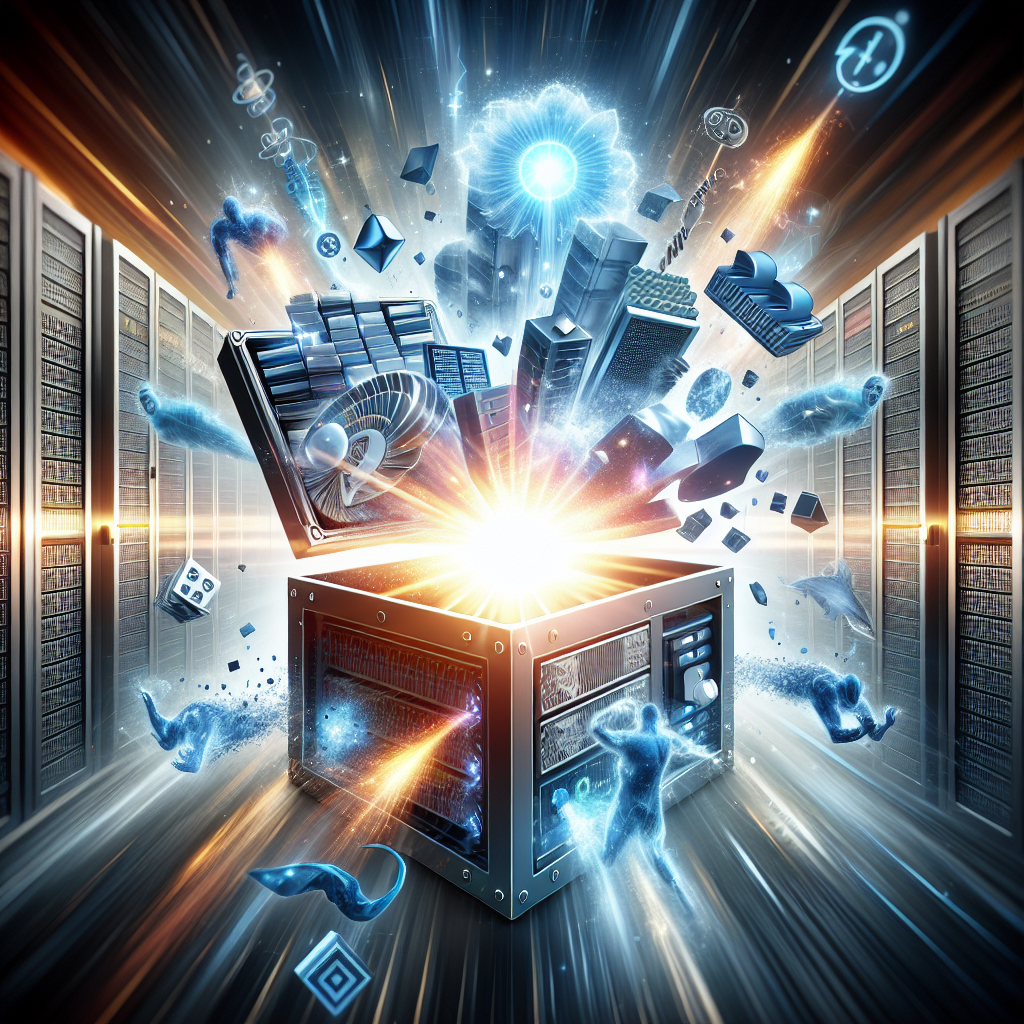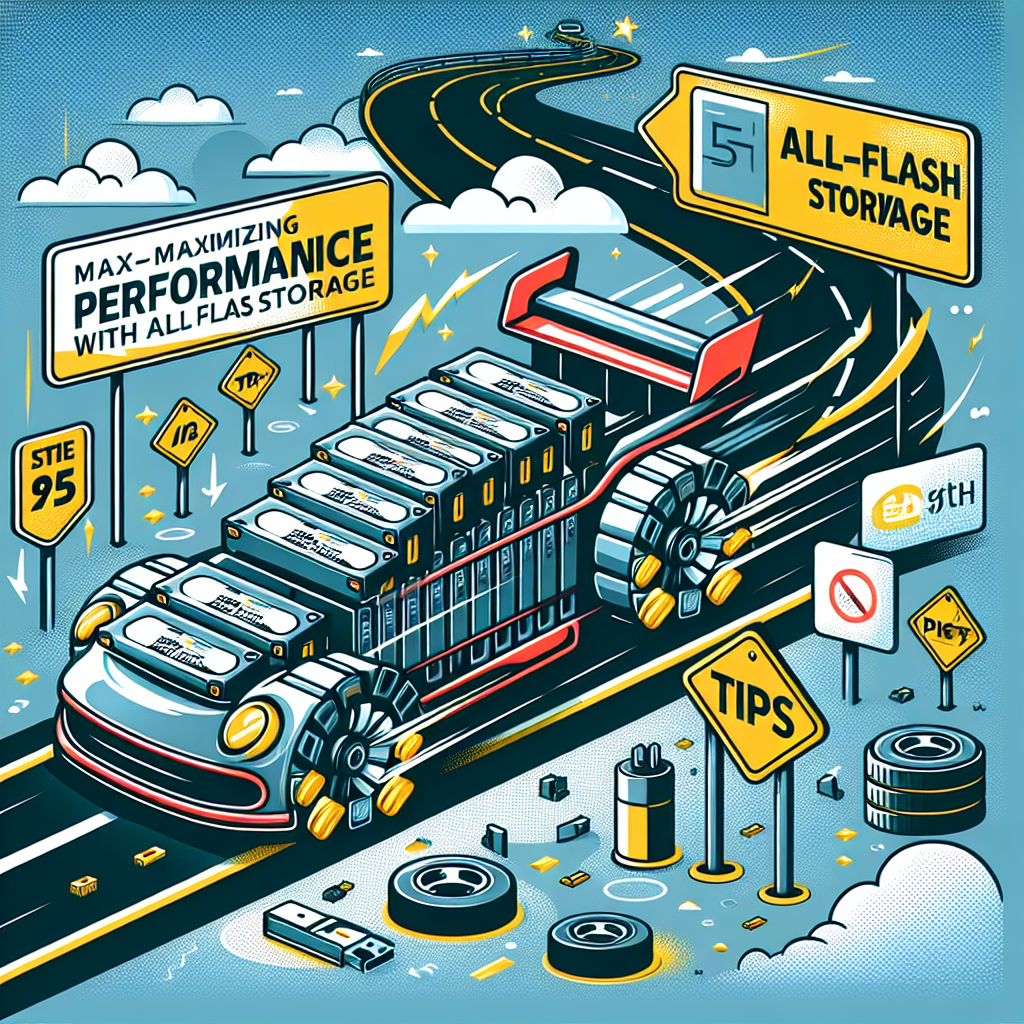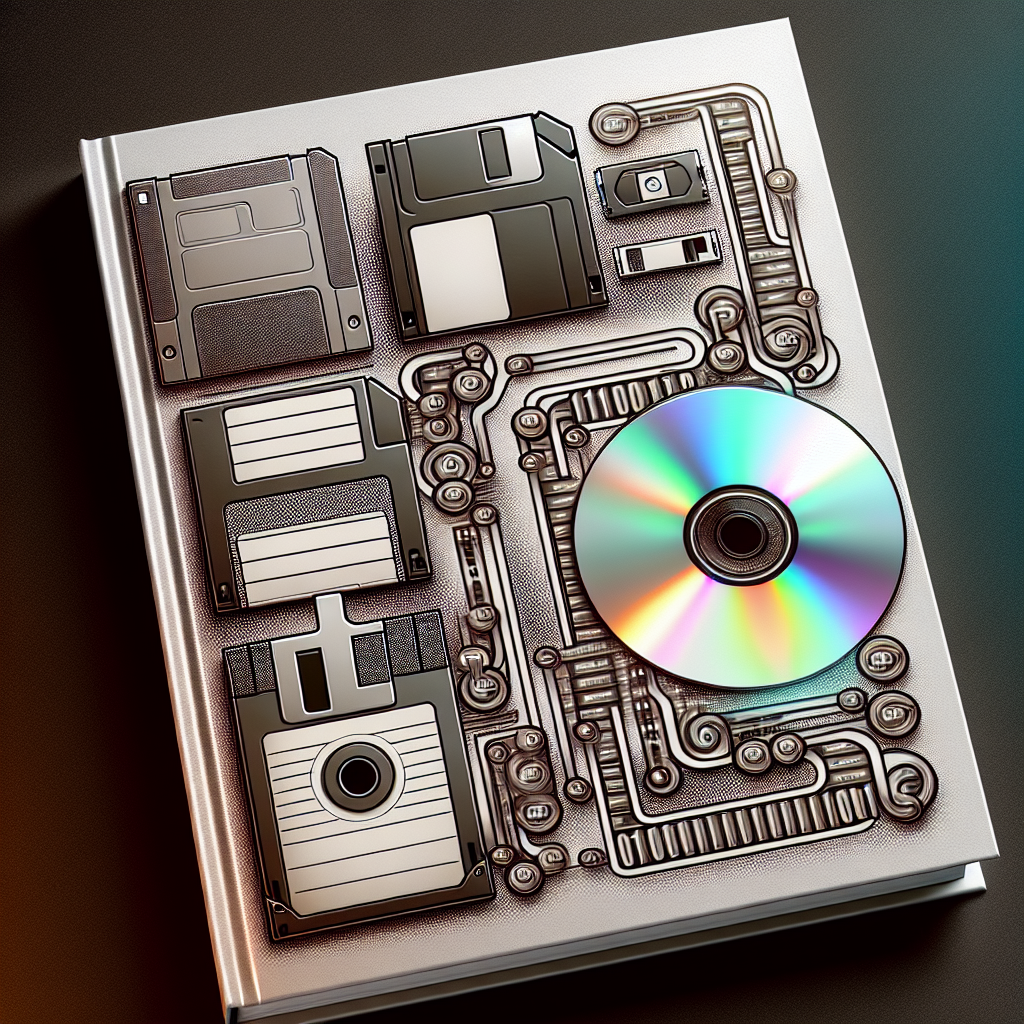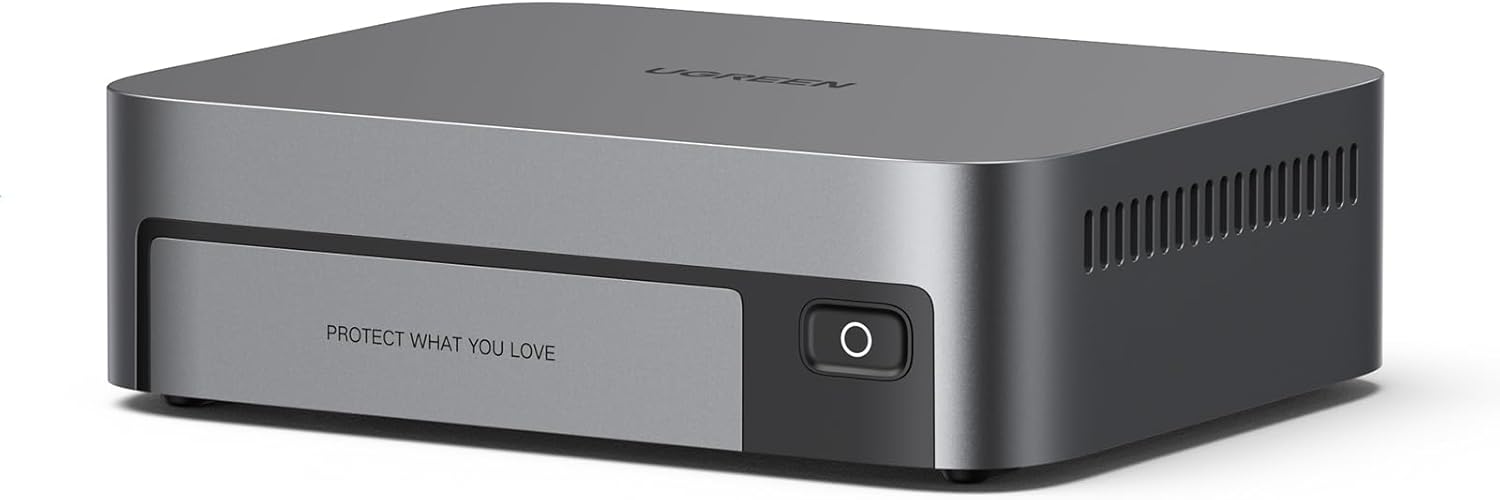In today’s fast-paced business environment, data storage is a critical component of any organization’s IT infrastructure. With the increasing demand for high-performance storage solutions, many businesses are turning to all-flash storage arrays to meet their needs. However, with so many options available on the market, choosing the right all-flash storage solution for your business can be a daunting task.
When selecting an all-flash storage solution, it’s important to consider your organization’s specific needs and requirements. Here are some key factors to keep in mind when evaluating different options:
Performance: One of the main reasons businesses opt for all-flash storage is its superior performance compared to traditional spinning disk drives. When choosing an all-flash storage solution, consider factors such as read and write speeds, latency, and IOPS (input/output operations per second) to ensure it meets your organization’s performance requirements.
Scalability: As your business grows, so too will your data storage needs. Look for an all-flash storage solution that offers scalability to accommodate future growth. This includes the ability to easily add additional storage capacity or upgrade to newer hardware as needed.
Reliability: Data integrity is crucial for any organization, so choosing a reliable all-flash storage solution is essential. Look for features such as built-in data protection mechanisms, redundant components, and high availability to ensure your data is safe and accessible at all times.
Management and ease of use: A user-friendly management interface can make a big difference in how efficiently your IT team can manage and maintain your all-flash storage solution. Look for features such as centralized management, automated provisioning, and monitoring tools to simplify storage administration tasks.
Cost: While all-flash storage solutions offer many benefits, they can also come with a higher price tag compared to traditional storage options. Consider your budget constraints and evaluate the total cost of ownership, including factors such as hardware, software, maintenance, and support, when selecting an all-flash storage solution.
Integration with existing infrastructure: Ensure that the all-flash storage solution you choose can seamlessly integrate with your existing IT infrastructure, including servers, networking equipment, and software applications. Compatibility and interoperability are key considerations to avoid compatibility issues and ensure a smooth deployment process.
Support and service: Lastly, consider the level of support and service offered by the all-flash storage vendor. Look for a vendor with a proven track record of providing timely support, regular software updates, and reliable service to ensure your storage solution remains up and running smoothly.
In conclusion, choosing the right all-flash storage solution for your business needs requires careful consideration of performance, scalability, reliability, management, cost, integration, and support. By evaluating these key factors and selecting a solution that aligns with your organization’s requirements, you can ensure that your data storage infrastructure is equipped to meet the demands of today’s business environment.










